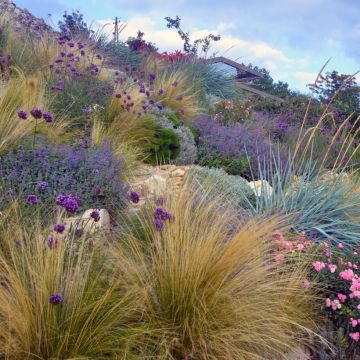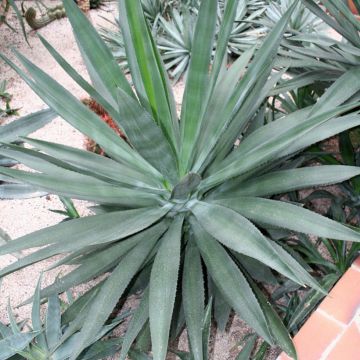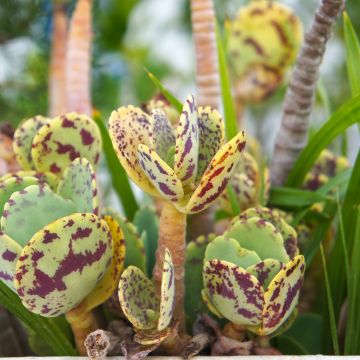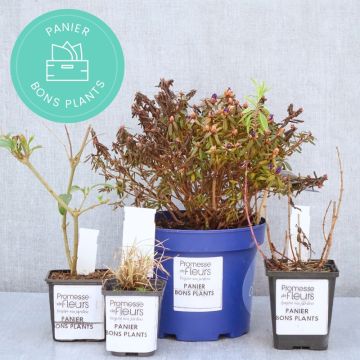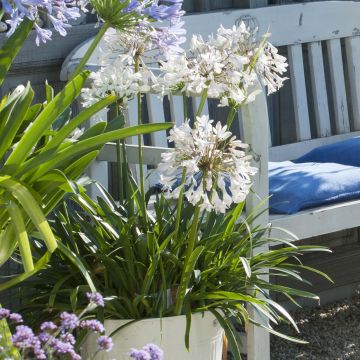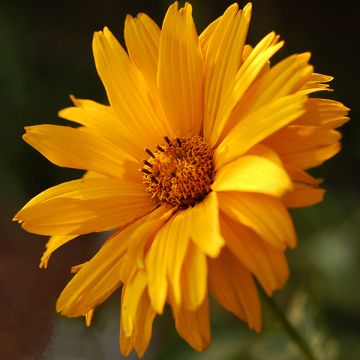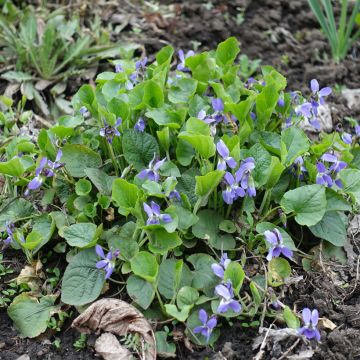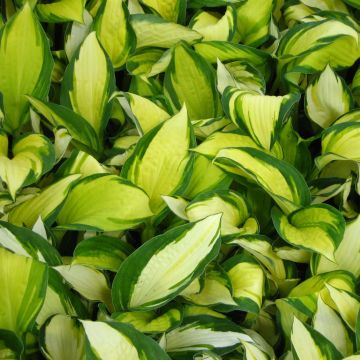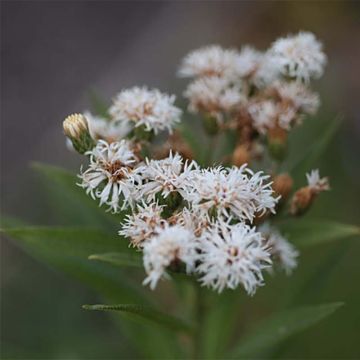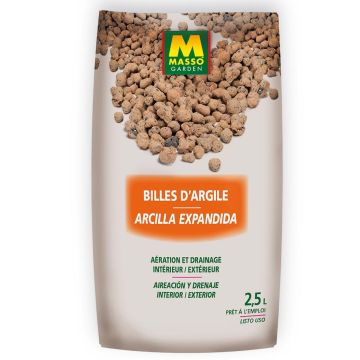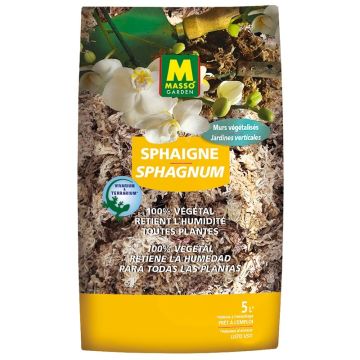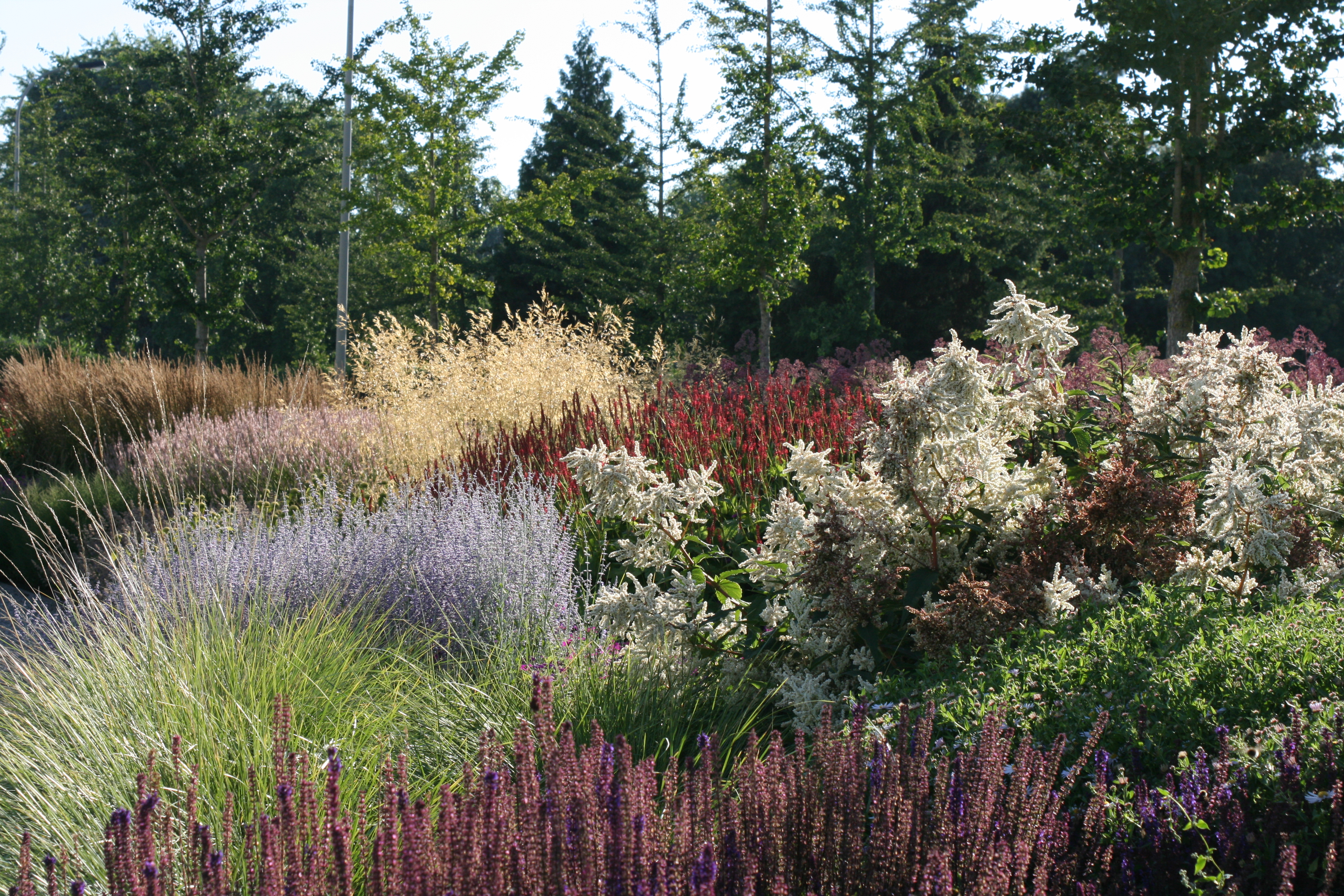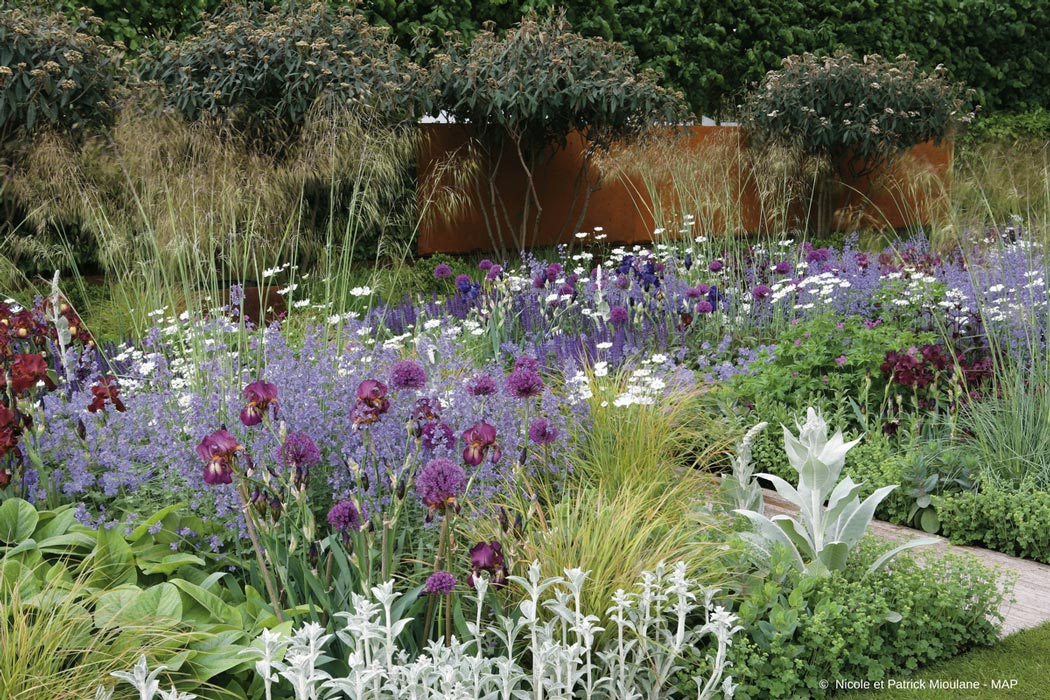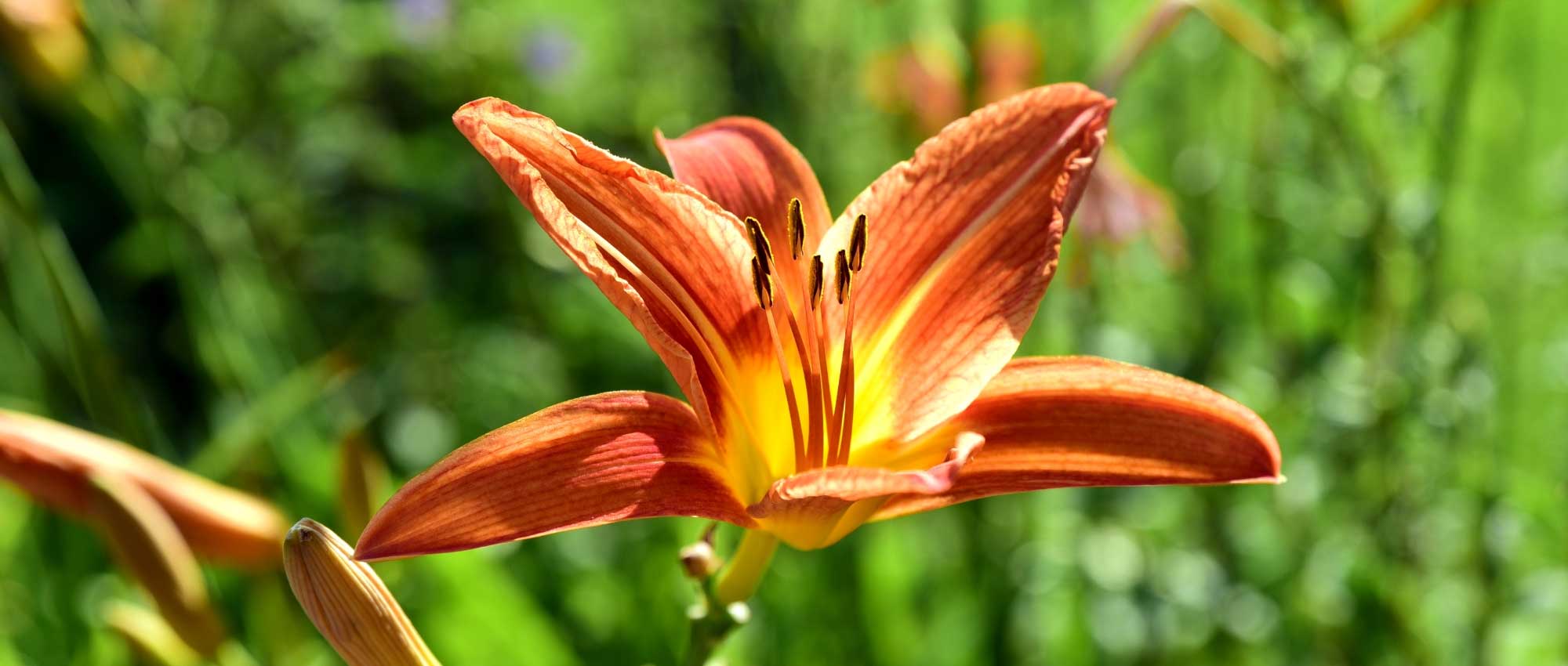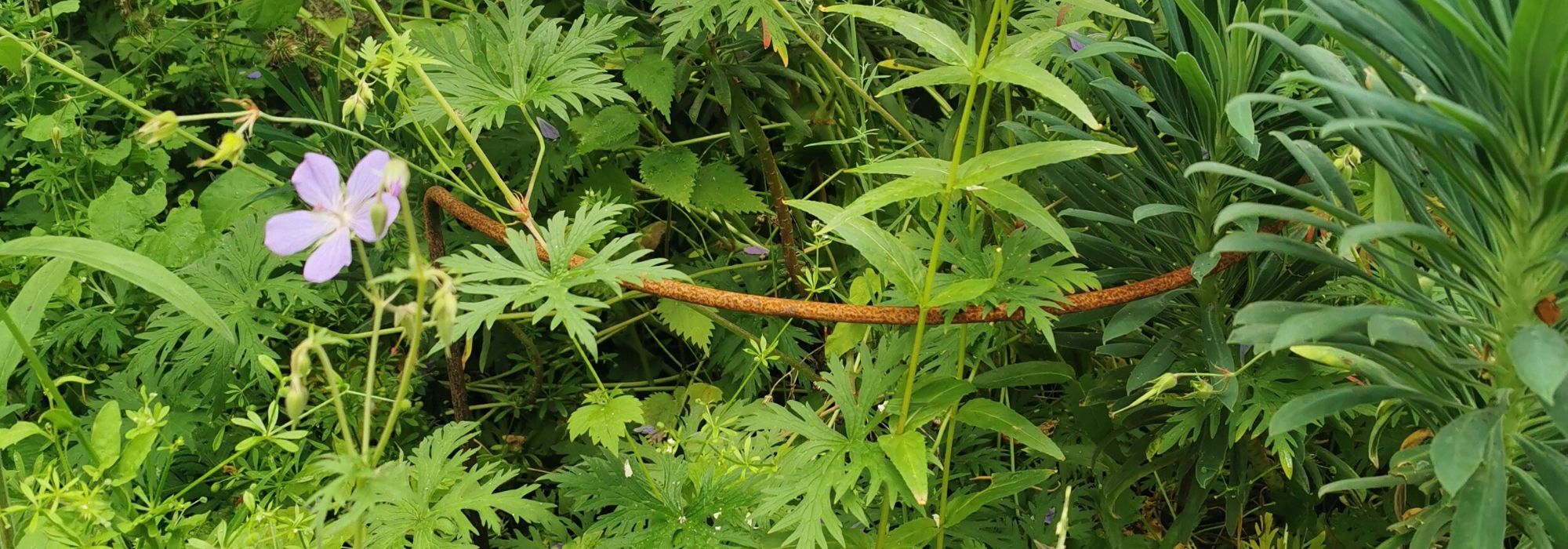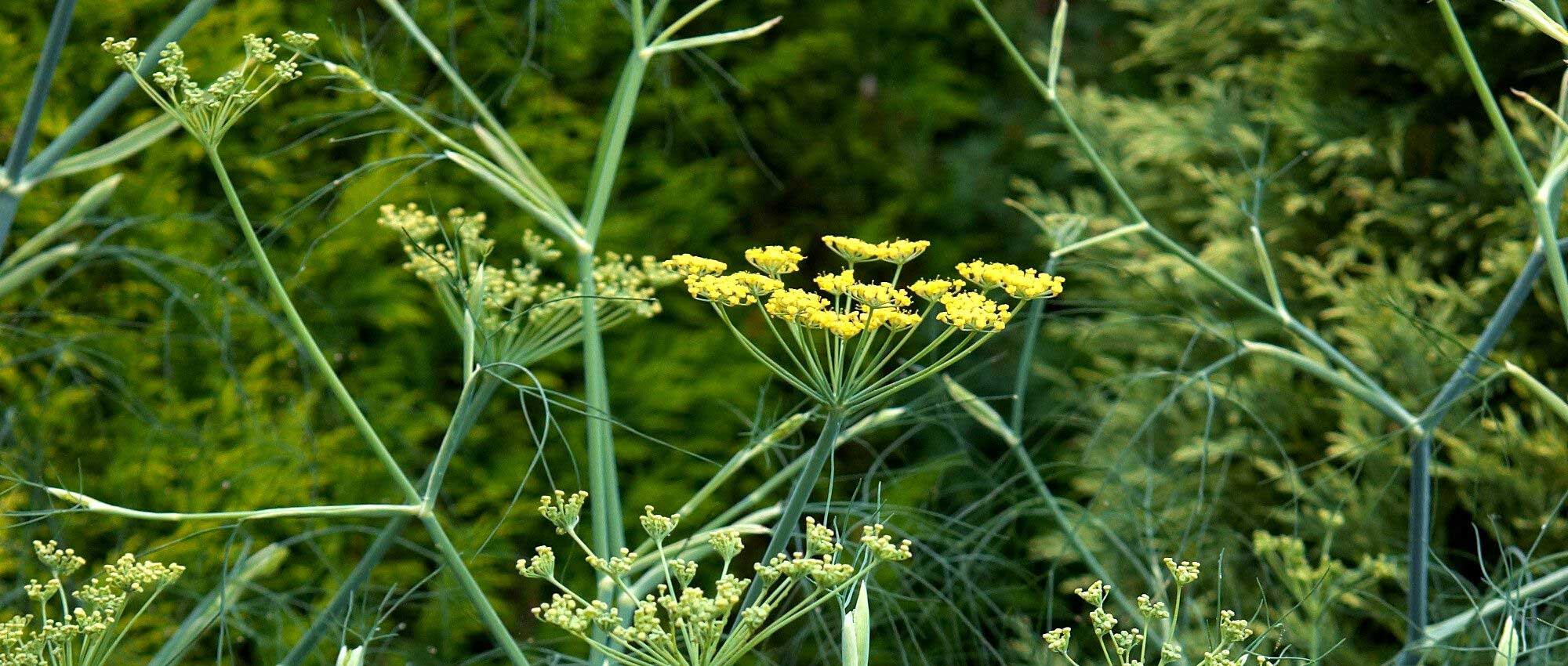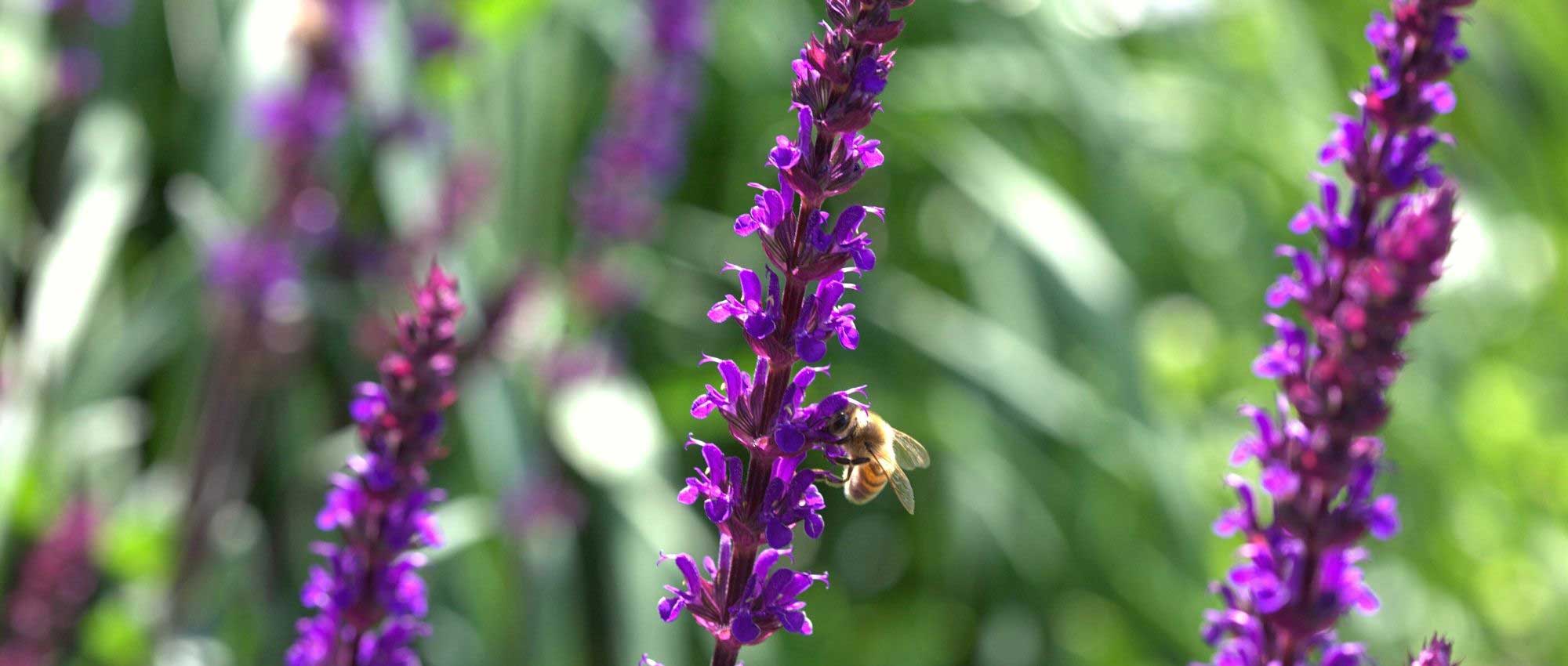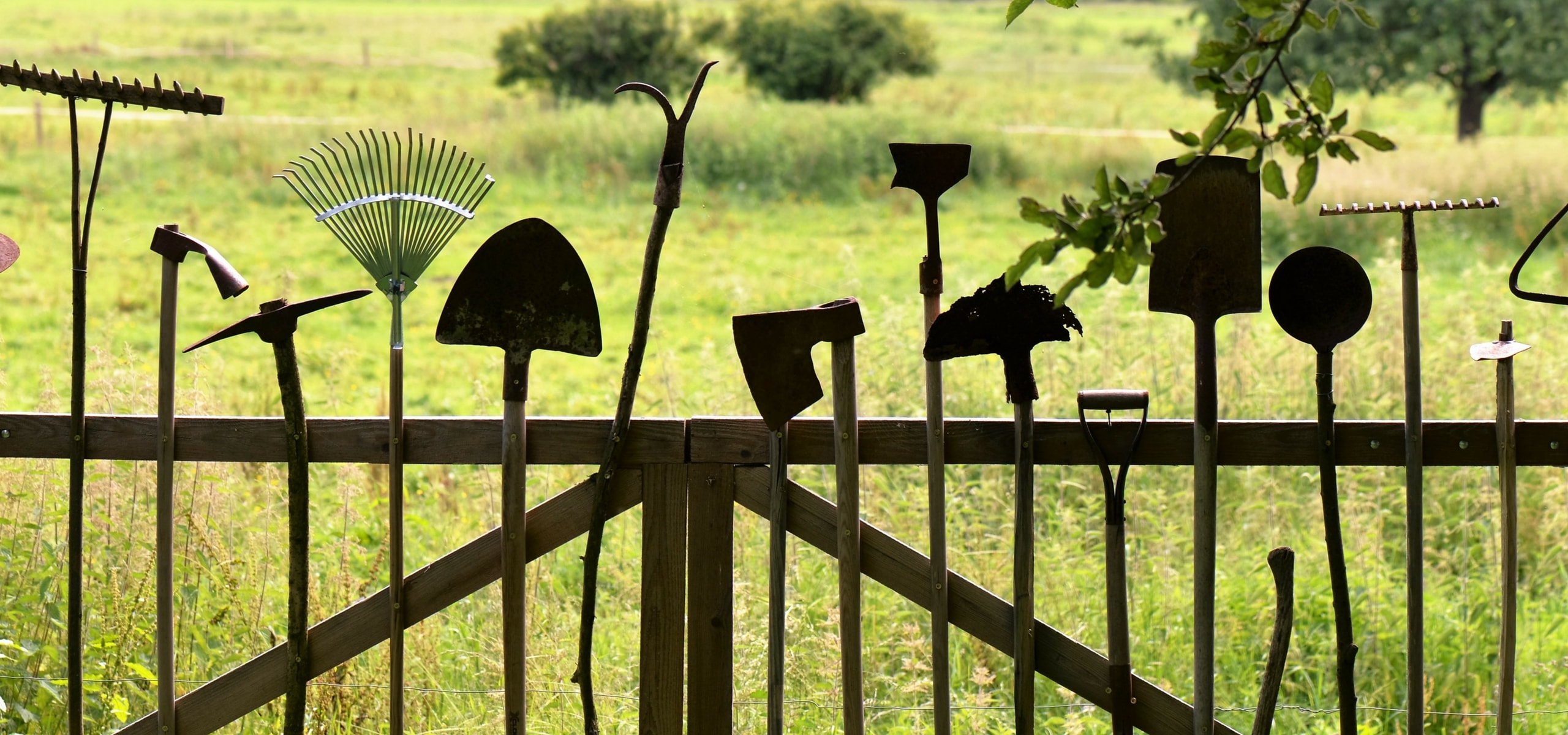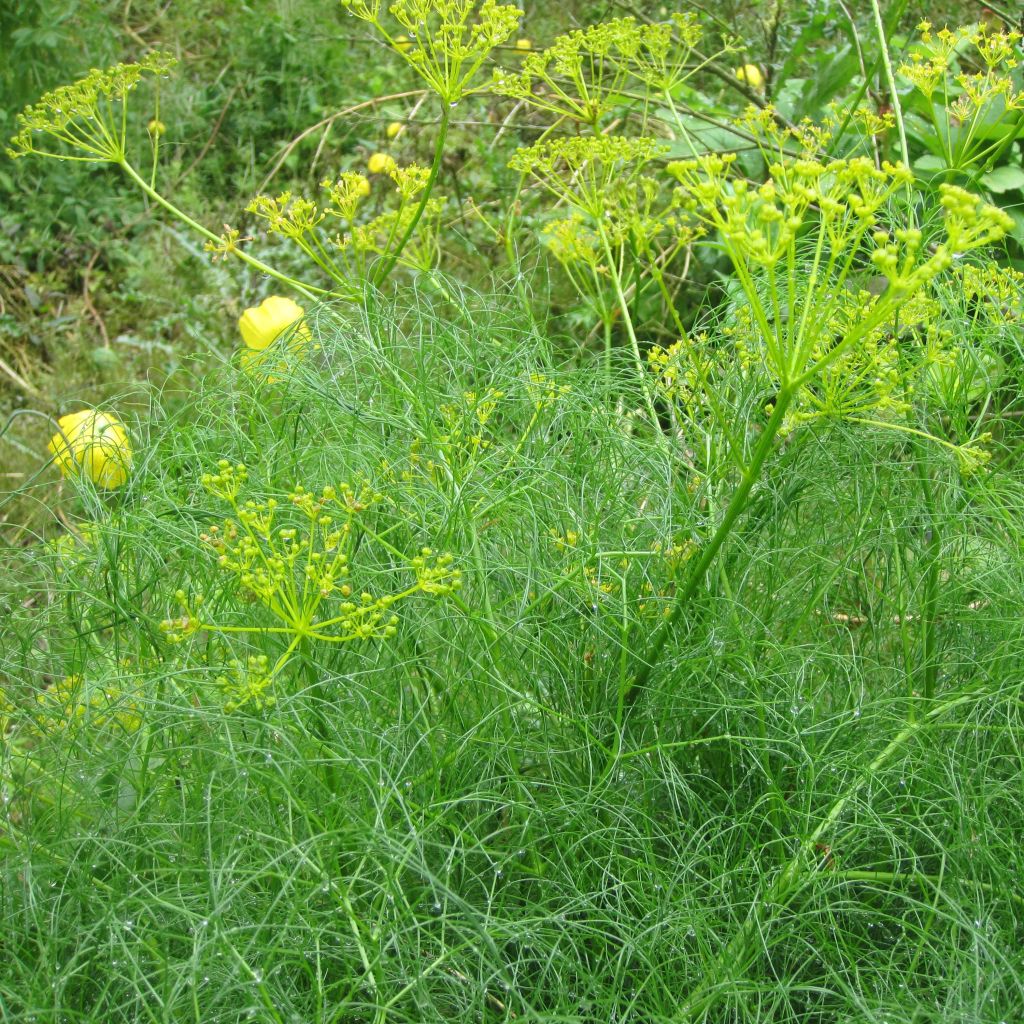

Cachrys alpina - Amarinthe
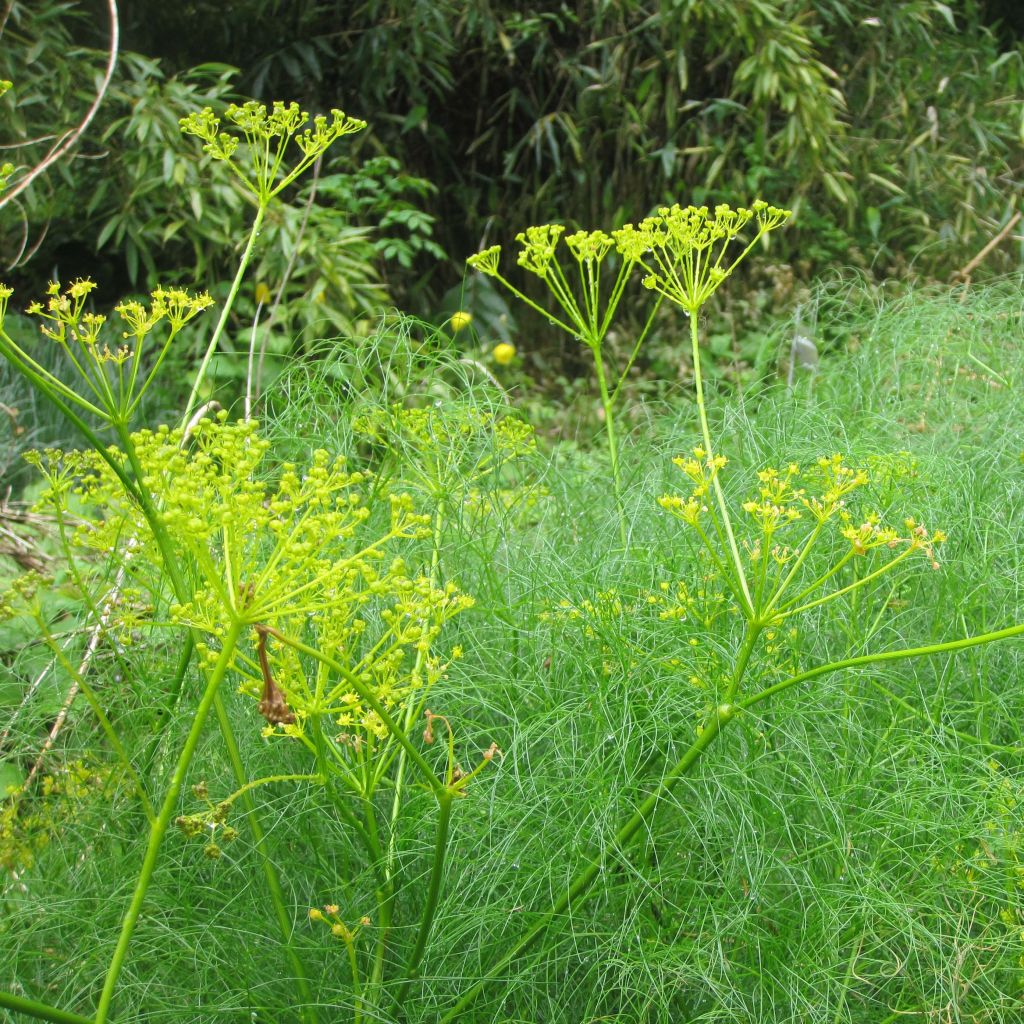

Cachrys alpina - Amarinthe
Cachrys alpina
Cachrys alpina
Special offer!
Receive a €20 voucher for any order over €90 (excluding delivery costs, credit notes, and plastic-free options)!
1- Add your favorite plants to your cart.
2- Once you have reached €90, confirm your order (you can even choose the delivery date!).
3- As soon as your order is shipped, you will receive an email containing your voucher code, valid for 3 months (90 days).
Your voucher is unique and can only be used once, for any order with a minimum value of €20, excluding delivery costs.
Can be combined with other current offers, non-divisible and non-refundable.
Why not try an alternative variety in stock?
View all →This plant carries a 12 months recovery warranty
More information
We guarantee the quality of our plants for a full growing cycle, and will replace at our expense any plant that fails to recover under normal climatic and planting conditions.
Does this plant fit my garden?
Set up your Plantfit profile →
Description
Cachrys alpina is a little-known plant that is interesting for the garden, especially in a dry, rocky, or even poor, very well-draining soil. Its light green feathery foliage, reminiscent of fennel or giant fennel, is very decorative, and its summer umbels, yellow and airy, provide a contrast next to denser flowering plants. Perfectly hardy, this aromatic perennial grows well in fresh and fertile soil.
The genus Cachrys is represented by a few perennial species native to Europe and Asia, only one of which is truly interesting for the garden, Cachrys alpina. Related to carrot and celery, this herbaceous plant of the Apiaceae family, has become rare in nature, distributed in southern Europe (Portugal, Spain, France, Italy), as well as in Russia, Crimea, Bulgaria, and Romania. It is mainly found growing on the edge of oak and pine forests, on limestone soil, along mountain streams, and in floodplains.
The plant forms a beautiful hemispherical tuft of foliage, about 70-80cm (28-32in) high and wide. Its finely divided leaves, tender green in colour, are slightly aromatic when crushed. Flowering takes place in July-August, in the form of umbels of tiny yellow flowers that give rise to green capsules, relatively large considering the size of the plant, rich in essential oil. This cold-resistant umbellifer disappears in winter to be reborn in spring.
Cachrys alpina is primarily a beautiful foliage plant, just like fennels or giant fennel. It can be used in rustic flower beds and rock gardens, where its light and round silhouette will enhance all flowerings. Valuable in a dry, sandy, or rocky garden, it will bring a touch of luxuriance to somewhat austere shrub beds, composed of lavender, rosemary, rockrose, thyme... In this usage, it can be associated with Ammi, ornamental carrot, and ornamental garlic bulbs, but also with annual Seafoam (Zeechium or Teloxys Aristata Seafoam). It is also a good candidate for fresh or dried bouquets.
Report an error about the product description
Cachrys alpina in pictures
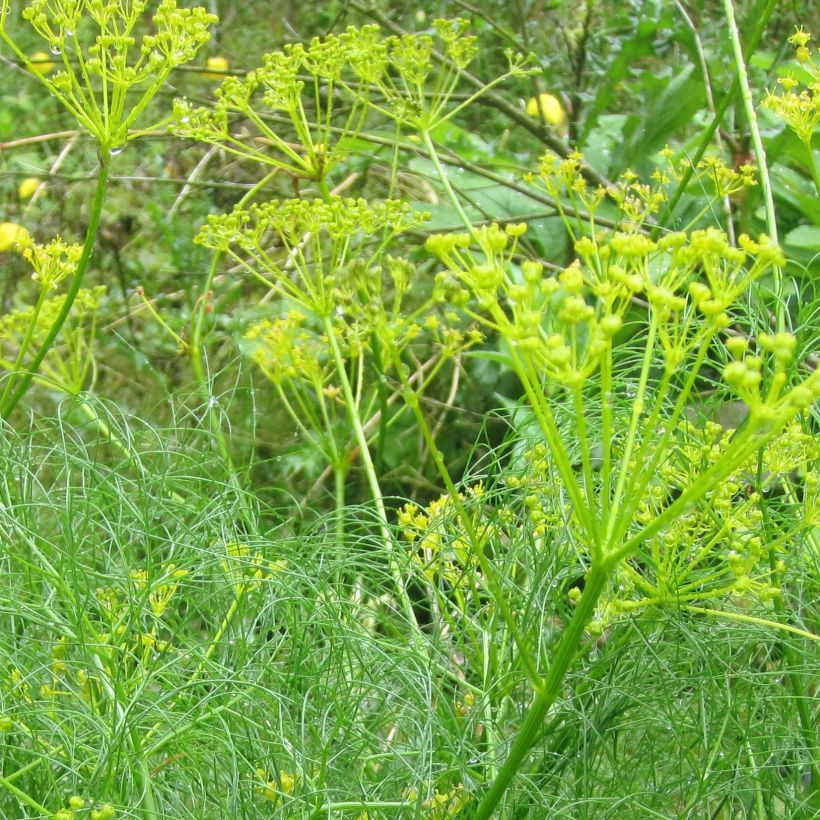

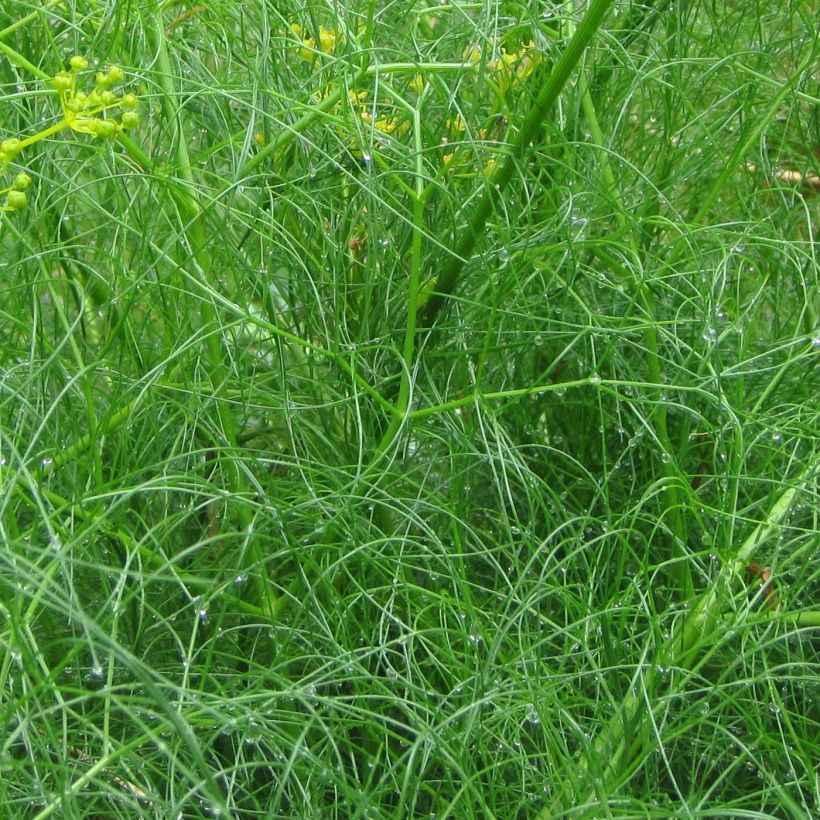

Flowering
Foliage
Plant habit
Botanical data
Cachrys
alpina
Apiaceae
Eastern Europe
Other Perennials A to Z
View all →Planting and care
Cachrys alpina should be planted in spring or autumn, in full sun or partial shade, or even in shade in a warm climate. A well-drained soil is necessary to increase the hardiness and lifespan of the young plant: sandy, loamy, rocky, gravelly, or stony soil, even poor soil, are all suitable. In richer and cooler soils, this plant will be more impressive, but its lifespan will be shorter. It self-seeds spontaneously in the garden. This young plant requires minimal maintenance.
Planting period
Intended location
Care
Planting & care advice
This item has not been reviewed yet - be the first to leave a review about it.
Haven't found what you were looking for?
Hardiness is the lowest winter temperature a plant can endure without suffering serious damage or even dying. However, hardiness is affected by location (a sheltered area, such as a patio), protection (winter cover) and soil type (hardiness is improved by well-drained soil).
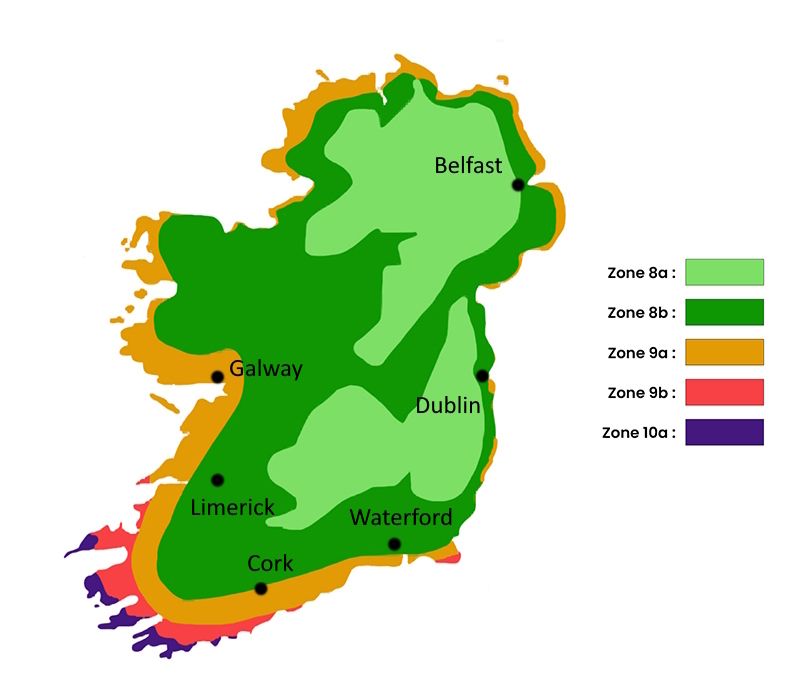
Photo Sharing Terms & Conditions
In order to encourage gardeners to interact and share their experiences, Promesse de fleurs offers various media enabling content to be uploaded onto its Site - in particular via the ‘Photo sharing’ module.
The User agrees to refrain from:
- Posting any content that is illegal, prejudicial, insulting, racist, inciteful to hatred, revisionist, contrary to public decency, that infringes on privacy or on the privacy rights of third parties, in particular the publicity rights of persons and goods, intellectual property rights, or the right to privacy.
- Submitting content on behalf of a third party;
- Impersonate the identity of a third party and/or publish any personal information about a third party;
In general, the User undertakes to refrain from any unethical behaviour.
All Content (in particular text, comments, files, images, photos, videos, creative works, etc.), which may be subject to property or intellectual property rights, image or other private rights, shall remain the property of the User, subject to the limited rights granted by the terms of the licence granted by Promesse de fleurs as stated below. Users are at liberty to publish or not to publish such Content on the Site, notably via the ‘Photo Sharing’ facility, and accept that this Content shall be made public and freely accessible, notably on the Internet.
Users further acknowledge, undertake to have ,and guarantee that they hold all necessary rights and permissions to publish such material on the Site, in particular with regard to the legislation in force pertaining to any privacy, property, intellectual property, image, or contractual rights, or rights of any other nature. By publishing such Content on the Site, Users acknowledge accepting full liability as publishers of the Content within the meaning of the law, and grant Promesse de fleurs, free of charge, an inclusive, worldwide licence for the said Content for the entire duration of its publication, including all reproduction, representation, up/downloading, displaying, performing, transmission, and storage rights.
Users also grant permission for their name to be linked to the Content and accept that this link may not always be made available.
By engaging in posting material, Users consent to their Content becoming automatically accessible on the Internet, in particular on other sites and/or blogs and/or web pages of the Promesse de fleurs site, including in particular social pages and the Promesse de fleurs catalogue.
Users may secure the removal of entrusted content free of charge by issuing a simple request via our contact form.
The flowering period indicated on our website applies to countries and regions located in USDA zone 8 (France, the United Kingdom, Ireland, the Netherlands, etc.)
It will vary according to where you live:
- In zones 9 to 10 (Italy, Spain, Greece, etc.), flowering will occur about 2 to 4 weeks earlier.
- In zones 6 to 7 (Germany, Poland, Slovenia, and lower mountainous regions), flowering will be delayed by 2 to 3 weeks.
- In zone 5 (Central Europe, Scandinavia), blooming will be delayed by 3 to 5 weeks.
In temperate climates, pruning of spring-flowering shrubs (forsythia, spireas, etc.) should be done just after flowering.
Pruning of summer-flowering shrubs (Indian Lilac, Perovskia, etc.) can be done in winter or spring.
In cold regions as well as with frost-sensitive plants, avoid pruning too early when severe frosts may still occur.
The planting period indicated on our website applies to countries and regions located in USDA zone 8 (France, United Kingdom, Ireland, Netherlands).
It will vary according to where you live:
- In Mediterranean zones (Marseille, Madrid, Milan, etc.), autumn and winter are the best planting periods.
- In continental zones (Strasbourg, Munich, Vienna, etc.), delay planting by 2 to 3 weeks in spring and bring it forward by 2 to 4 weeks in autumn.
- In mountainous regions (the Alps, Pyrenees, Carpathians, etc.), it is best to plant in late spring (May-June) or late summer (August-September).
The harvesting period indicated on our website applies to countries and regions in USDA zone 8 (France, England, Ireland, the Netherlands).
In colder areas (Scandinavia, Poland, Austria...) fruit and vegetable harvests are likely to be delayed by 3-4 weeks.
In warmer areas (Italy, Spain, Greece, etc.), harvesting will probably take place earlier, depending on weather conditions.
The sowing periods indicated on our website apply to countries and regions within USDA Zone 8 (France, UK, Ireland, Netherlands).
In colder areas (Scandinavia, Poland, Austria...), delay any outdoor sowing by 3-4 weeks, or sow under glass.
In warmer climes (Italy, Spain, Greece, etc.), bring outdoor sowing forward by a few weeks.































